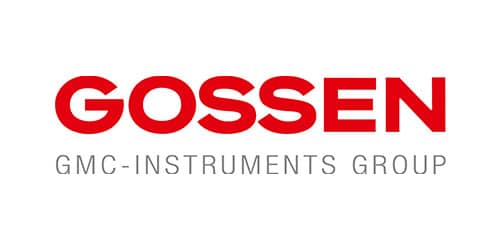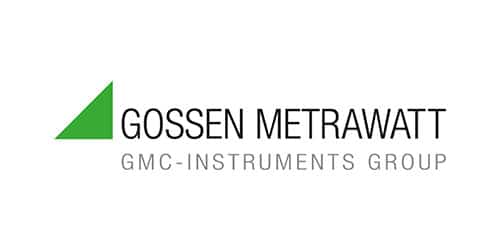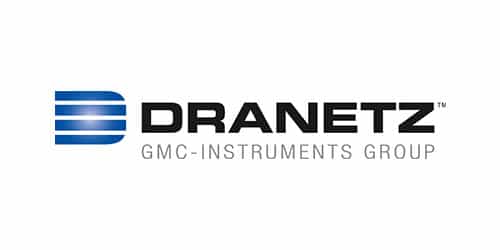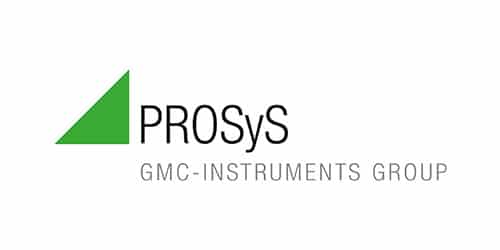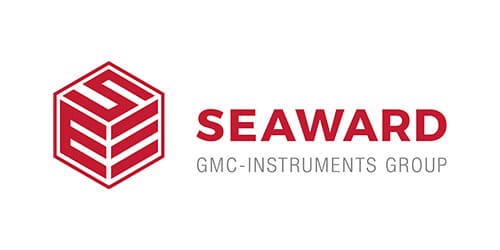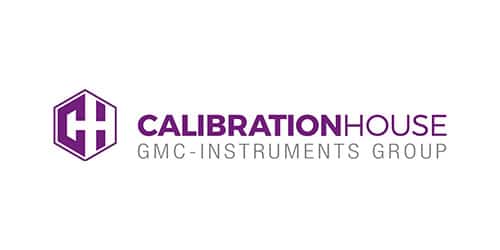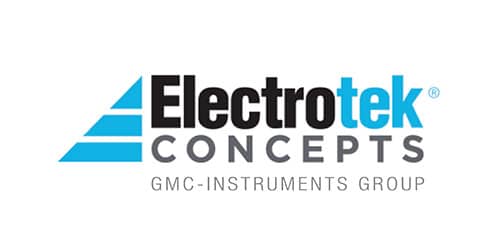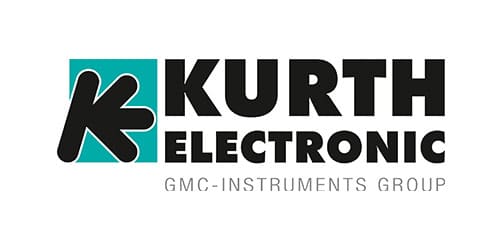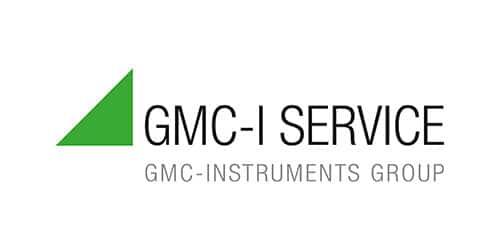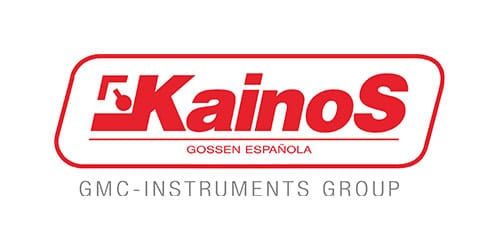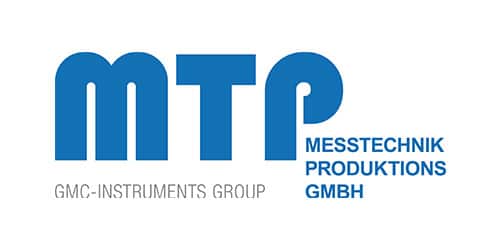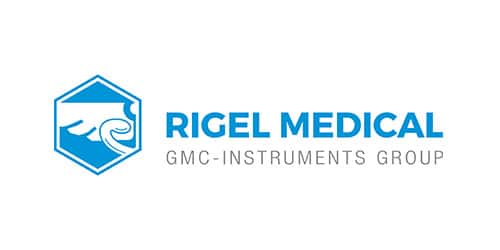…
HERE WE PROVIDE YOU WITH RECURRING QUESTIONS WITH THE POSSIBLE ANSWERS
The measuring instruments of Camille Bauer Metrawatt AG carry the option of a UPS. This UPS buffers the supply voltage for up to 5×3 minutes during a brief power failure, so that no measurement data is lost during this short time. The buffer is built in as an accumulator and recharges itself again and again. The charging status can be checked via the display in the unit. Under normal conditions, the battery can be expected to last 3-5 years. After this time, replacement can be considered as a preventive measure.
In the event of a suspected PQ caused, for example, by sudden equipment shutdowns, failures in LED lighting, hum in audio equipment, sudden power losses, transformer failures, etc., it is recommended that the Demand Side Power Quality (DSPQ) control loop (PDCA) be addressed. However, this presupposes that expert know-how is available. For this purpose, experts such as Certum Sicherheit AG (CH), Camille Bauer Metrawatt AG (global), DV-Group (FR), PQ-Professionals GmbH (DE), Tecotec (Vietnam), Power Quality Thailand, etc. are at your disposal. Depending on the severity of the symptoms and the complexity of the plant, the experts will analyze the current situation, perform measurements, prepare reports, analyze measurement data, and work with the data and the customer to locate the possible cause and make suggestions for correcting the interference.
But beware: It is quite possible that there is no problem with the power quality and symptoms still appear. This can be caused, for example, by improper line routing. It can also happen that symptoms and disturbance variables are detected, but the cause remains hidden at the time of troubleshooting, despite a high volume of measurements. Power quality is dynamic and subject to the context of a highly complex infrastructure.
Transients are extreme fluctuations (several kV) of a voltage in a very short time, combined with a clear change of the sinusoidal curve. In order to detect fast transients, measuring instruments with a very high sampling rate are required. However, transients are often confused with a rapid voltage change, which according to IEC61000-4-30 Ed. 3 Class A are already detected (RVC = Rapid Voltage Change). For this reason, according to the definition IEC61000-4-30 Ed. 3 according to class A, fast transient detection is optional and also associated with extremely high acquisition costs for such measuring devices.
First of all, it should be noted that it depends on the type of measurement as well as the respective access to the measurement object. Furthermore, it depends on the PQI used in each case which measuring sensors can be physically connected at all.
Rogowski coils are often used for mobile measurements, as they have a wide current bandwidth and can be applied around a conductor extremely easily. However, care should be taken to ensure that the respective conductors are as centered as possible in the coil in order to achieve a good measurement result. In individual cases, Rogowski coils are also used for stationary measurements.
Current transformers are available in various designs. These include, on the one hand, the design. Z. E.g. as closed conversion transformers, in which the conductor must be led through the closed core. On the other hand, folding transformers are often used in existing installations to avoid installation without physically separating the conductor from its terminal (subject: disconnection).
A further but essential feature is the respective accuracy classes. Especially in the case of mains quality, it makes no sense to use particularly cheap converters with low accuracy to the detriment of the accuracy, since as a rule, the PQI are rather more expensive to purchase. In addition, care must be taken to use specifically designated transducers that continue to measure accurately in the appropriate harmonic bandwidths.
The conclusion is that any measurement system is only as good as the worst link in the measurement chain.
Basically, both sensor technologies are always appropriate when disconnection is not possible or also when space conditions do not permit current transformers. Most of the time, both technologies are used for mobile measurements, i.e. for so-called measurement campaigns. Depending on the manufacturer and type of device, it may vary which measurement sensors can be physically connected to the respective PQI, or which signal form can be connected at all.
Rogowski coils are often used for mobile measurements, as they have a wide current bandwidth and can be applied around a conductor extremely easily. However, care should be taken to ensure that the respective conductors are as centered as possible in the coil in order to achieve an optimum measurement result.
To achieve even better or more precise measuring results, it is recommended to work with measuring clamps. However, it should be noted that measuring clamps are not as flexible to use as Rogowski coils due to their mechanical nature. Here again, the space required at the ladders plays a central role. In addition, high-quality measuring clamps have a significantly higher price than a simple Rogowski coil. If the price is decisive and a measuring clamp is nevertheless preferred, less powerful measuring clamps can also be useful.
Mobile measurements, also known as measurement campaigns, are always useful when no stationary measurement is available. They are used either to evaluate the power quality under defined conditions (e.g. recurring measurement, power runs in data centers, etc.) or also to localize faults. It is important to know that the measurement over a defined period of time always represents a momentary impression and can change during time due to various influences. For this reason, a stationary measurement is advantageous for the detection of problems and trends, as it continuously records data and reports deviations regardless of the defined time period.
EN50160 defines the network quality agreed between the supplier and the consumer at the transfer point, the so-called Point of Common Coupling (PCC), and thus forms a binding legal basis. The EN50160 is a purely statistical observation over time and is documented using an undefined reporting format. According to the PCC, the consumer himself is responsible for his network infrastructure, the so-called In-Plant-Coupling (IPC). This means that EN50160 is no longer relevant for the various IPCs. However, most interference is generated and received on the consumer side due to poor power quality. Therefore, power quality instruments (PQI) according to class A or S are useful at the IPCs to capture and record the actual events in order to track down the causes within the infrastructure in case of problems.
PQ stands for Power Quality and is actually a subchapter of the EMC standards and defines specific limit values that must not be exceeded in the network. In this respect, there are clear IEC standards that define the network quality. In the market, however, the topic of network quality can be interpreted individually by the application, the market segment and the user. So, power quality issues are often already settled with harmonics, EN50160, etc. It is therefore advisable to carefully consider which application and which benefits should be brought together in the context of network quality. From this, the budget to be used for the measure(s) can be determined.
In principle, metrology is the study and science of measurement, of measurement systems and their units. It is responsible for the definition of internationally accepted units of measurement, the realization of units of measurement through scientific methods, and the establishment of traceability chains through the determination and documentation of measured values and their accuracies, and the dissemination of this knowledge. And especially through the traceability of the units of measurement to a so-called original measure, it can be ensured that measurements are carried out precisely by means of a metrologically certified device. These are particularly important when it comes to the comparability of measurement data, e.g. in a legal case or also for repeat measurements. Certifications or simply tests with self-declaration outside metrology with specific accreditation are to be questioned. Or would you trust a scale in the supermarket that has not been officially calibrated?!
Measuring instruments according to IEC 61000-4-30 Class A provide measured values that are comparable across measuring instruments and manufacturers. For legal certainty in terms of comparability of measurement data, it is recommended to use metrologically certified measuring instruments. Another advantage is that the relevant measurement data are “quasi-calibrated” by the certified type test. It is also advantageous to have a metrologically certified energy measurement in order to obtain correct energy data, as this is also significantly influenced by the grid quality.
IEC 61000-4-30 class S power quality analyzers are intended for basic/advanced power quality analysis and provide useful monitoring data. Instruments that meet the Class S performance requirements are used for statistical power quality surveys and contractual applications where there are no potential disputes, i.e. no comparable measurements are required. The accuracy and performance requirements for class S are less stringent than for class A and thus also set lower at price. They are often used in industrial and utility engineering, the area of so-called demand-side power quality at the IPC (In-Plant-Point-of Coupling) e.g. in data centers, the semiconductor industry, airport infrastructure, food and beverage industry, metal and aluminum industry, cement industry, etc.
The accuracy of the measuring instruments is subject to various standards and is usually based on IEC/EN 60688 for PQI to comply with the following basic errors: voltage, current ±0.1 %, power ±0.2 %, power factor ±0.1°, frequency ±0.01 Hz, unbalance U, I ±0.5 %, harmonics ±0.5 %, THD U, I ±0.5 %. For energy, basic faults are defined as follows: Active energy class 0.2S (IEC/EN 62 053-22), reactive energy class 0.5S (IEC/EN 62 053-24).
But beware: these are basic errors of the measuring instruments themselves. These are directly dependent on the sensors, e.g. the current transformers used. If you choose a poor accuracy class or even current transformers that are not harmonic resistant, the error in the measurement chain adds up.
The accuracy of the measuring instruments is subject to various standards and is usually based on IEC/EN 60688 for PQI to comply with the following basic errors: voltage, current ±0.1 %, power ±0.2 %, power factor ±0.1°, frequency ±0.01 Hz, unbalance U, I ±0.5 %, harmonics ±0.5 %, THD U, I ±0.5 %. For energy, basic faults are defined as follows: Active energy class 0.2S (IEC/EN 62 053-22), reactive energy class 0.5S (IEC/EN 62 053-24).
But beware: these are basic errors of the measuring instruments themselves. These are directly dependent on the sensors, e.g. the current transformers used. If you choose a poor accuracy class or even current transformers that are not harmonic resistant, the error in the measurement chain adds up.
If a measuring instrument cannot be calibrated after a certain period of use, it is recommended to at least consider the error above the value. The error describes the maximum permissible deviation over a period of time. Here in the example, this is defined like this:
BASIC FAULT ACCORDING TO IEC/EN 60688:
- Voltage, current ±0.1 %
- Power ±0.2 %
- Power factor ±0.1°
- Frequency ±0.01 Hz
- Asymmetry U, I ±0.5 %
- Harmonics ±0.5
- THD U, I ±0.5 %
Deviation formula:
- Temperature influence 0.5 x basic error per 10 K
- Long-term drift 0.5 x basic error per year
According to the PQ standard, a measuring device must be able to detect harmonics up to the 50th order (2.5KHz at 50Hz). According to the sampling theorem, a sampling rate of at least twice the signal frequency is required for the detection of this signal. So ≥5kHz at 50Hz. This is also sufficient to detect PQ events such as voltage dip or voltage rise, which are monitored on the basis of half-period values. Only if (optionally) voltage transients or disturbances in an extended frequency range are to be detected, a higher sampling rate is required. Again, this is at least twice the value of the signal or interference frequency that is still to be detected. According to the PQ standard, transient detection is an option.
This topic is often and heatedly discussed. There is no basic rule according to IEC. However, manufacturers and authorities (e.g. ESTI, etc.) issue guidelines stating that measuring instruments in regular use should be calibrated every 2-3 years. However, this applies first to measurement and testing technology – i.e. mobile measurement technology. In the case of stationary measurement technology, devices are normally only calibrated when they are repaired by the manufacturer, as in most cases built-in measurement technology cannot be easily removed and dispensed with. However, if it is important that built-in devices are also calibrated, which is usually done by government organizations or on the basis of legal requirements, then a measuring device in a 19″ rack version is recommended. This can be easily exchanged so that even the time of calibration can be bridged by means of an exchange device. If calibration is not performed, at least the basic error (e.g. according to IEC 60688) with the permissible deviation should be kept in mind.
But be careful: Calibration does not automatically mean adjustment.
Basically, there are four overvoltage categories. These are indicated with Roman numerals from I – IV. The difference between the four overvoltage categories is the surge voltage resistance that the electrical devices have. Designers of electrical equipment specify the surge voltage with the selection of electrical components, wire cross-sections, clearances and creepage distances between components, insulation materials, and so on. Thus, category IV has the highest shock resistance.
Source: https://www.ueberspannungsschutz.com
Sample calculation PQ1000/PQ3000/PQ5000
Assumption mains frequency: 50Hz
Sampling rate PQI: 18kHz
Measurement bandwidth: 2.5kHz (50th harmonic)
Minimum sampling rate: 5kHz (at least twice the sampling rate (Nyquist-Shannon theory), so that reliable detection is ensured)
Samples/cycle: 360 (~18,000 samples per second)
FFT evaluation: 10 periods (3,600 samples)
Samples: ~18kS/s
Detection (output) of the harmonic: up to the 50th harmonic
Conformity: e.g. EN50160 (40th harmonic voltage), IEC61000-4-30 Ed. 3 (40th harmonic current and voltage or higher e.g. 50th harmonic)
Sample calculation PQ1000/PQ3000/PQ5000
Assumption mains frequency: 50Hz
Sampling rate PQI: 18kHz
Measurement bandwidth: 4.5kHz (89th harmonic)
Minimum sampling rate: 9kHz (at least twice the sampling rate (Nyquist-Shannon theory), so that reliable detection is ensured)
Samples/cycle: 360 (~18,000 samples per second)
FFT evaluation: 10 periods (3,600 samples)
Samples: ~18kS/s
Detection (output) of the harmonic: up to the 89th harmonic
Conformity: e.g. IEC61000-4-30 Ed. 3 (40th harmonic current and voltage or higher e.g. 50th harmonic)
Sample calculation PQ1000/PQ3000/PQ5000
Assumption mains frequency: 60Hz
Sampling rate PQI: 18kHz
Measurement bandwidth: 3.0kHz (50 harmonics)
Minimum sampling rate: 6kHz (at least twice the sampling rate (Nyquist-Shannon theory), so that reliable detection is ensured)
Samples/cycle: 300 (~18,000 samples per second)
FFT evaluation: 12 periods (3,600 samples)
Samples: ~18kS/s
Detection (output) of the harmonic: up to the 50th harmonic
Conformity: e.g. IEEE519 (50th harmonic current and voltage), IEC61000-4-30 (40th harmonic or higher e.g. 50th harmonic)
Sample calculation PQ1000/PQ3000/PQ5000
Assumption mains frequency: 60Hz
Sampling rate PQI: 18kHz
Measurement bandwidth: 4.5kHz (75th harmonic)
Minimum sampling rate: 9kHz (at least twice the sampling rate (Nyquist-Shannon theory), so that reliable detection is ensured)
Samples/cycle: 360 (~18,000 samples per second)
FFT evaluation: 10 periods (3,600 samples)
Samples: ~18kS/s
Detection (output) of the harmonic: up to the 75th harmonic

Do you need our support?
Camille Bauer Metrawatt AG
Aargauerstrasse 7
CH-5610 Wohlen AG
Tel. +41 56 618 21 11
© Camillle Bauer Metrawatt AG 2022. All rights reserved



